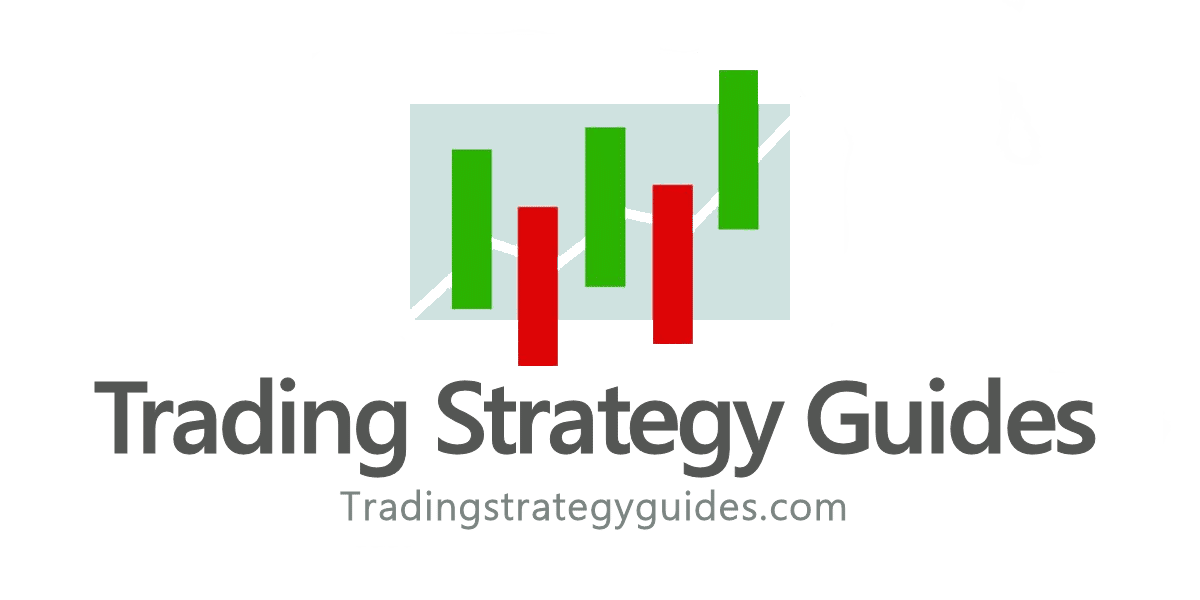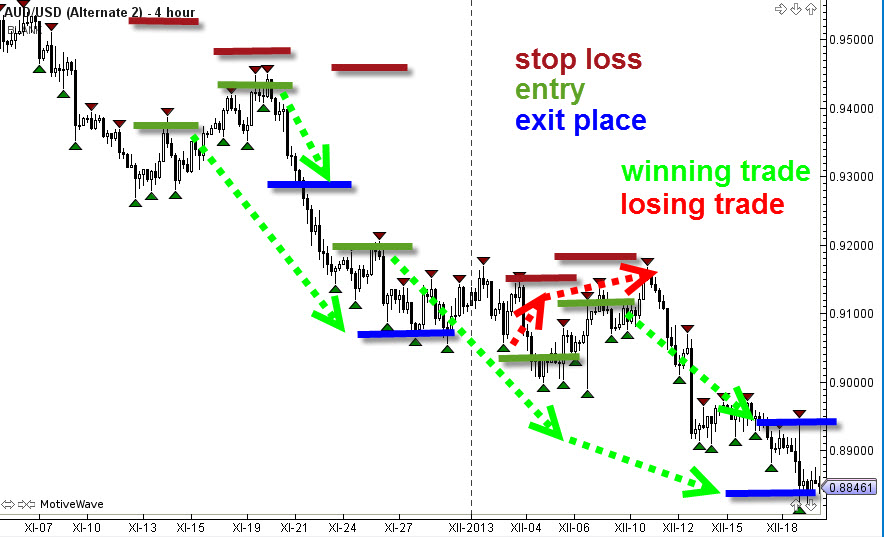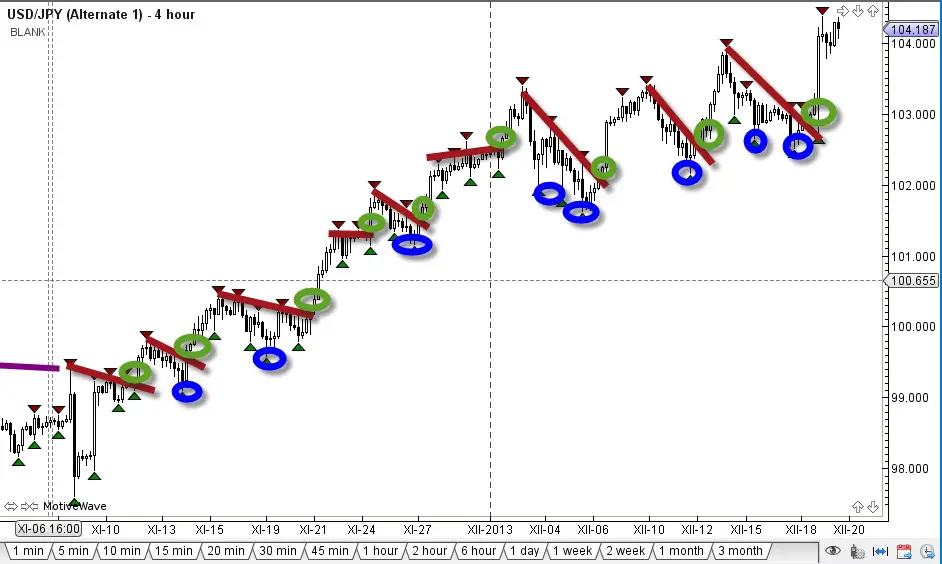Fine-Tune Your Forex Strategy: Scaling In and Out of Trades

Hello Traders, today’s article focuses on Scaling In and Out of Trades in Forex. This money management technique is a sophisticated method to keep losses small and make bigger profits. In other words, it is not important how many times a Forex trader wins or loses. But, instead, it matters how much a trader gains with profitable trades versus how much is lost with losing trades.

Thanks for visiting Trading Strategy Guides (TSG)!
You have discovered the most extensive library of trading content on the internet. Our aim is to provide the best educational content to traders of all stages.
Learn Our Trading Best Strategy By our Founder Casey Stubbs
In other words, we want to make YOU a consistent and profitable trader.
If you’re a brand new trader, we recommend hopping over to our ultimate beginner’s guide to trading to learn more.
Make sure to also check out our guide on day trading forex.
Table of Contents
Introduction: Scaling In and Out of Trades
Scaling in Forex is an underutilized money management technique. Scaling in trading simply means to add or remove to your position size over the course of your trade.

Scaling In
Scaling into a trade means, as the trade progresses, you periodically increase your position size. This creates a sort of snowball effect where, if the trade continues in your favor, you can exponentially increase your profits.
Scaling Out
Scaling out of a trade is the opposite of scaling in. As the trade progresses, you still believe in the trade but want to take out profits periodically to give yourself a “payday” of sorts.
These are just basic explanations of scaling in and out of trades in Forex. Follow along as we dive into some of the techniques of scaling.
Scaling in and out of trades in Forex can assist traders by maximizing potential earnings.
Options For Scaling In And Out Of Trades In Forex
There are many variations on how a Forex trader could scale in and scale out. Let us examine a few of them.
Scaling Into Forex Trades

The scaling in money management technique means the Forex trader decides to open multiple positions at (predetermined) different price levels. In the standard situation, a Forex trader makes one trade. However, when scaling in, a Forex trader divides the entries into multiple parts.
Make sure to also check out our guide on Forex trading for beginners!
The entries can be added at various spots. Traders always have the following choices:
- Trade immediately.
- Trade upon break out.
- Trade upon pullback.
With scaling in, the trading decision tree becomes this:
- Trade immediately, scale in with pullback and/or upon break out, etc.
- Trade upon a breakout, scale in with pullback and/or 2nd breakout, etc.
- Trade upon pullback, scale in upon breakout and/or 2nd pullback, etc.
Of course, upon each pullback and/or breakout, the Forex trader can decide to split multiple positions as well. During a phase where the price is retracing back to the Fibonacci retracement tool, a Forex trader can decide to place entries at both the 50% and 61.8% Fibs.
The multiple entries can be implemented using various patterns, tools, indicators, or a combination of them. It is not in the scope of this article to discuss the Forex strategy in detail. Here is an example of a master candle setup.
Scaling Out Of Forex Trades
Scaling out means that the Forex trader decides to exit individual positions at (predetermined) different price levels. In the traditional situation, a Forex trader exits the trade at one spot.
When scaling, a Forex trader divides the exits into multiple parts. For example, we discuss this in the secrets of taking profits, using a mix of take profit levels, soft profit zones, and/or trail stops.
This scaling out technique is valid for the stop loss placement, the take profit placement, and the trail stop method. A Forex trader can choose to have part of the position with a tight stop loss, and the other part with a loose stop loss.
Traders can also choose to have part of the position with a wide take profit and the other part with a tight take profit. The trader must ensure the entire trade, and all individual trades, meet a sufficient reward-to-risk balance. The options for scaling out could mushroom and balloon quickly.
Scaling Out Example:
Forex traders feel uncomfortable when in profit on a trade, this is reasonable as they do not want to give back the profit. Typically a trader would use a trailing stop to safeguard the trade from big swings.
The alternative is to scale their trade by splitting the position in 2 and take profit on 1 half at 1:1 reward to risk, leaving the stop loss at the original spot for the 2nd part and aiming for a higher take profit for the 2nd part.
This way the risk is also reduced to zero upon price hitting the first target, but allows for another part to aim higher. In fact, both methods are good and it depends on each trading personality as well as the strategy that’s being applied.
Both can achieve the same goal we just want to show you that you have options. Good money management is what we are trying to each which helps in profitability and trading psychology.
Important note:
- Both techniques must not be used simultaneously! A Forex trader could scale in BUT use the same profit-taking level. A Forex trader could also enter the trade at the same price level BUT use a scaling out technique to exit the trade.
- The techniques could vary during the trading plan. A planned breakout scale-in could be canceled (when stated in a trading plan under which conditions). A planned trade exit could be changed at a certain spot (when for instance mentioned in the trading plan that trail stop will be used above 50 pips profit, etc).
Also, read about the Ultimate Guide To Stop Losses
advantages of scaling In and OUT Of Trades Forex
Some of the advantages of scaling in and out include:
Disadvantages Of Scaling in and out of trades In Forex
Some of the disadvantages of scaling in and out of trades are the following:
Scaling In and Out of Trades Execution
The actual implementation of this technique certainly needs practice. Like everything else in life, the only way to master a skill is by practicing over and over again. The best method to learn is to do so via a mentor.
In our Forex trading room at Trading Strategy Guides, we implement a strategy named the “Double Trend Trap” strategy that has 2 different methods: a breakout strategy (named strike) and a pullback strategy (named boomerang).
By implementing the strike and boomerang, a Forex trader automatically scales in and out by just following the rules and guidelines of the Double Trend Trap (DTT for short). Having those set rules and guidelines greatly help with easing the process of learning how to use this money management technique. And click here to join the trading room.

Scaling In and out of trades: Rules
Some Forex traders might wonder: isn’t adding to a losing position incorrect? The answer is a definite YES if the add-on occurs as a spur-of-the-moment decision. In this scenario, the Forex trader is adding risk to the open and exposed positions. If, however, the scale-in is pre-planned and the new trade positions are part of the overall trading plan, then this technique is fine.
In this case, the overall risk does not increase by adding a position. The Forex trader does need to follow this process through:
- Forex trader chooses risk % for the entire trade.
- Forex traders decide how many positions the entire trade will have.
- Forex traders choose an entry, stop loss, and take profit mechanism for all positions.
- Forex trader splits total risk among the number of positions.
- Forex trader calculates position size for each position of trade.
Example:
- Forex trader takes a 1% risk.
- Decides on 3 positions.
Various Positions:
- 1 position at 50% Fibonacci retracement pullback, SL bottom/top, TP -618.
- 1 position at 61.8% Fibonacci retracement pullback, SL bottom/top, TP -618.
- 1 position at 78.6% Fibonacci retracement pullback, SL bottom/top, TP -618.
Risks the total of 1% among the 3 positions:
- Forex trader risks 0.2% at the 50% Fib.
- Forex trader risks 0.35% at the 61.8% Fib.
- Forex trader risks 0.45% at the 78.6% Fib.
Forex trader calculates positions size
- In this case, the 50% Fib has the least risk and the widest stop loss, so the position size will be smaller in this case. The 78.6% has the biggest risk % and tightest position size so it will have the biggest position size.
Conclusion: Scaling In and Out of Trades in Forex
As long as the concepts used are well tested, pre-planned, and part of the best trading plan, or a trading plan for beginners then the scaling in and out technique can be a very useful element within Forex trading.
Do you use scaling in and scaling out in Forex? If yes why? If not, why not? What is your experience with this money and trade management technique?
Thank you for reading!
Do you Want to Scale In and Out of trades with sniper-like accuracy?
Our trading experts at Trading Strategy Guides believe there’s a more lucrative opportunity than simply just focusing on scaling in and out of trades. In fact, before you make any decisions about the market, consider this:
Our team of analysts specializing in Accurate Market Timing just unveiled their top analysis for traders looking to capitalize on market momentum.
At Trading Strategy Guides, we want to make sure you understand the market’s momentum before entering in a trade.
Our Tipping Point Indicator has helped hundreds of traders find success and beat the market consistently. Don’t miss the next opportunity!
Scaling In and Out of trades frequently asked questions
What is scaling in Trading
Scaling is the process of incrementally adding or subtracting to your position size throughout the duration of a given trade. Trades can be scaled in or scaled out.
What is scaling in or up in trading?
Scaling in, also referred to as scaling up, is the process of incrementally buying, or adding, to the position size of a given trade.
One example of scaling into a trade is if a trader enters a trade at a breakout of a specific level initiating an uptrend, and then add to their position size each time there is a slight pullback in price. as long as the trade remains in the same trend.
What is scaling out or down in trading?
Scaling down, also referred to as scaling out, is the process of incrementally selling, or reducing, the position size of a given trade.
One example of scaling down is a trade where a trader has a significant amount of profit on the trade. They may close some of their position once a specific target is reached. They may also believe that the trade has some room to grow, and set additional levels to reduce their position size.
Please leave a comment below if you have any questions about Scaling in and Scaling out in Forex!
Also, please give this topic 5 stars if you enjoyed it!







I didn’t now about this earlier about scaling in and out. I really impress from this article this will really help me in fx-insight. thanks
Wow, that is awesome! Really happy to hear that the article has helped. Good luck with practicing these concepts. If you ever need advice, please do not hesitate to ask. Have a great weekend!
I am fairly new to currency trading and this article this is very insightful. I heard about scaling out and i bump into this article after a google search. Thank you very much for your effort.